Description
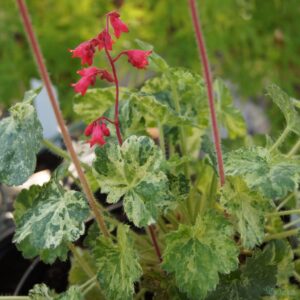
Heuchera ‘Hercules’
Variegated Coral Bells
USDA Zone: 4-9
A variegated form of the old-fashioned style Coral Bells, this is attractive both for its flowers and foliage. It forms a mound of rounded green leaves that are heavily splashed in creamy white, with taller stems holding showy sprays of bright-red flowers appear in early summer. Flowers are attractive to butterflies and hummingbirds. Remove spent bloom stems once the flowers fade. Protect from hot afternoon sun. Bred by Herbert Oudshoorn of the Netherlands. CPBR#3200: unlicensed propagation prohibited.
Sun Exposure Full Sun or Partial Shade
Soil Type Normal or Sandy
Soil pH Neutral or Alkaline or Acid
Soil Moisture Average or Moist
Care Level Moderate
Flower Color Red
Blooming Time Early Summer Late Spring
Foliage Color Deep Green
Plant Uses & Characteristics
Accent: Good Texture/Form Alpine & Rock
Attracts Butterflies Attracts Hummingbirds
Border Containers
Cut Flower Deer Resistant
Drought Tolerant Edging
Rabbit Resistant Massed
Flower Head Size Medium
Height 12-18 inches
Spread 12-16 inches
Foot Traffic None
Growth Rate Slow
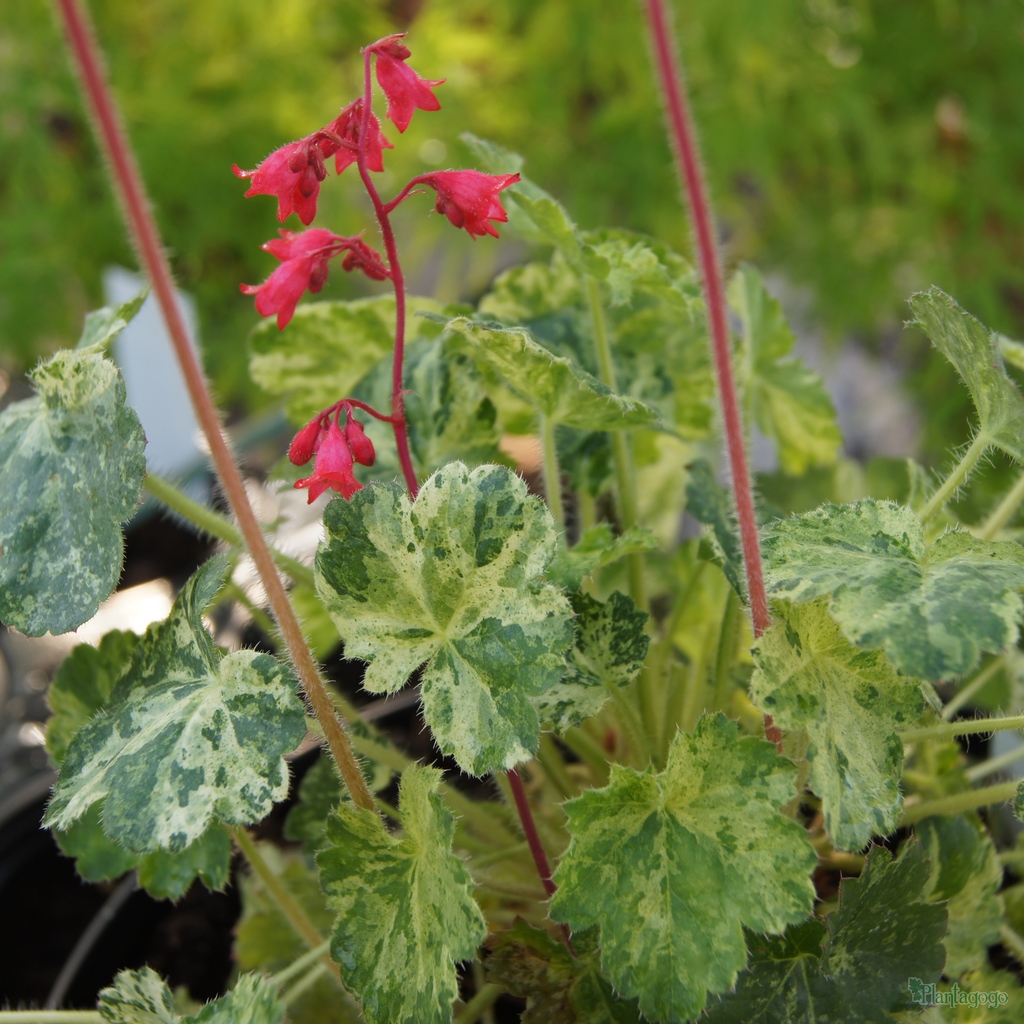
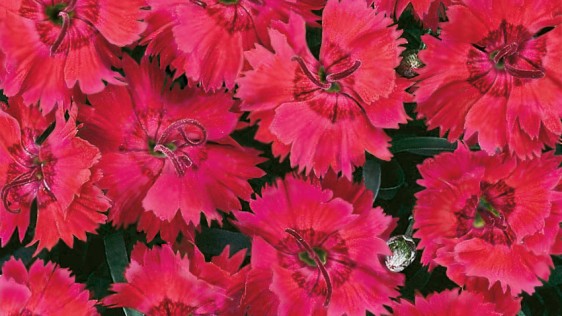
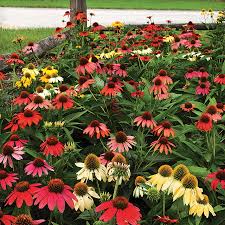
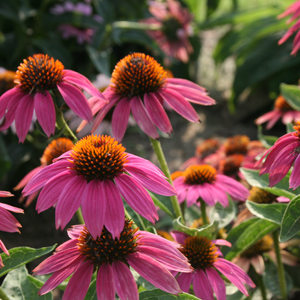
Reviews
There are no reviews yet.